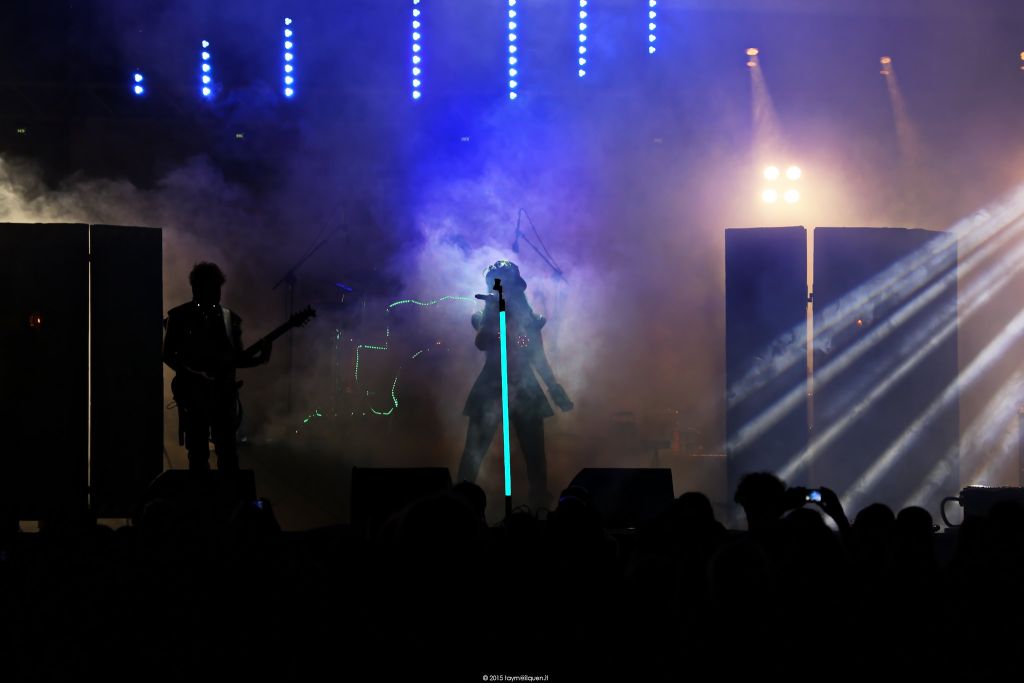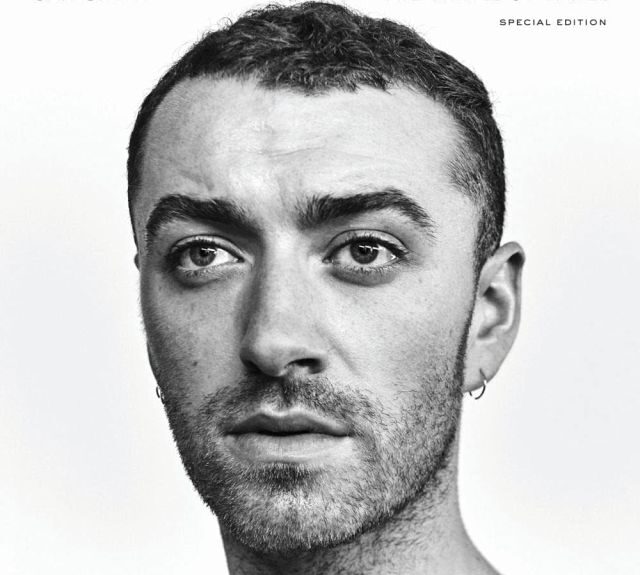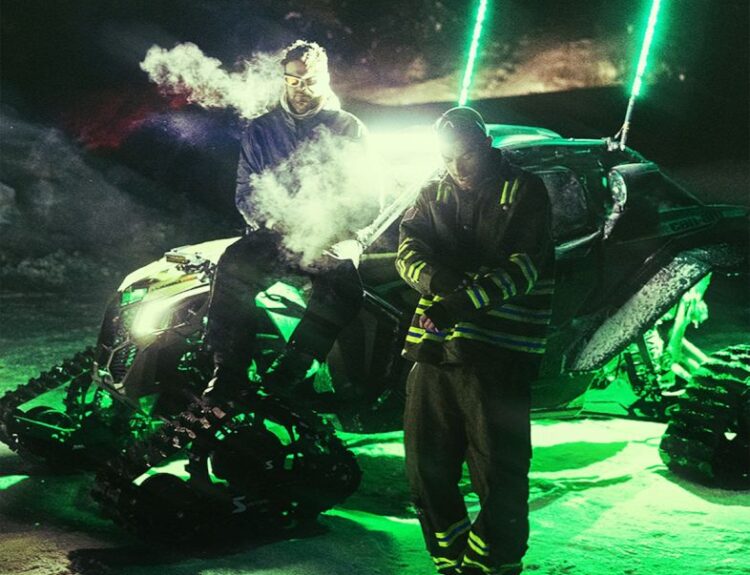Explore the evolution of Pop music and the birth of its subgenres through cultural and sonic crossovers.
The Origins of Pop: The ’50s and ’60s
Pop originated as an abbreviation of “popular music”, referring to a genre that is accessible, catchy, and meant for mass consumption. Its roots trace back to 1950s America, when rock’n’roll began climbing the charts. Artists like Elvis Presley, Chuck Berry, and Buddy Holly blended blues, country, and rhythm and blues into an upbeat, danceable sound, laying the foundation for what would become Pop.
In the 1960s, the UK emerged as a creative hub during the “British Invasion”. Bands like The Beatles, The Rolling Stones, and in the US, The Beach Boys, developed a more sophisticated Pop sound, with complex vocal harmonies, orchestral arrangements, and studio experimentation.
The Rise of Commercial Pop: The ’70s and ’80s
In the 1970s, Pop began to diversify and develop a strong commercial appeal. The lines between Pop, disco music, funk, and soul blurred. ABBA, Bee Gees, and Donna Summer topped the charts with catchy songs and polished productions.
The 1980s marked the golden age of commercial Pop, with iconic figures like Michael Jackson, the “King of Pop“, revolutionizing the music industry with the album Thriller. Madonna rose as the queen of Pop, constantly reinventing herself, while Prince fused Pop, funk, and rock into a singular style.
Technologically, the widespread use of synthesizers and drum machines gave Pop a digital sheen. Music videos on MTV became essential, making aesthetics a key element of the Pop identity.
Sonic Crossovers: The ’90s
The 1990s were a decade of hybridization. Pop blended with genres that had previously been more niche, resulting in fresh new sounds. Boy bands like Backstreet Boys and NSYNC, and girl groups like Spice Girls and Destiny’s Child, captured teen audiences with catchy songs and choreographed performances.
Pop-rock emerged, combining melody with alternative edge, led by artists like Alanis Morissette, Sheryl Crow, and bands like Goo Goo Dolls. Pop-rap gained traction with artists such as Will Smith, MC Hammer, and later Eminem, pushing Pop further into hybrid territory.
’90s Pop was stylistically diverse, ranging from dance hits to ballads, from summer anthems to experimental tracks. It became a flexible container for a wide range of musical expressions.
Pop in the New Millennium: Electronics and Streaming
The new millennium ushered in a digital era for Pop. Artists like Britney Spears, Christina Aguilera, and Lady Gaga led a new wave of Pop stars incorporating dance, techno, and synth-pop elements. Autotune became a creative tool.
With the rise of the internet and streaming, distribution changed dramatically. Singles became more important than albums, and viral hits became a new norm. Pop grew even more adaptable and fragmented.
Several subgenres emerged:
- Electropop: led by Robyn, La Roux, Owl City
- Synth-pop revival: featuring acts like CHVRCHES, Hurts
- Indie pop: blending alternative aesthetics with mainstream melodies (Florence + The Machine, Lana Del Rey)
- K-pop: a global phenomenon from South Korea with groups like BTS, BLACKPINK
Today’s Pop: Global Fusions and New Narratives
Contemporary Pop is more global and fluid than ever. Collaborations across continents are common. Genres like reggaeton (Bad Bunny, J Balvin), afrobeat (Burna Boy, Wizkid), and Latin trap enter the mainstream, redefining what Pop sounds like.
Modern Pop is a blend of cultures and eras: The Weeknd draws from ’80s electro-pop, Rosalía merges flamenco, urban, and electronic styles, while Dua Lipa and Harry Styles bring back disco-pop with a modern twist.
Visual storytelling is key: music videos, concept albums, and social media become essential tools for Pop artists. The language of Pop expands beyond sound into fashion, TikTok trends, and transmedia narratives.
Pop as a Mirror of Society
Pop is more than just a genre, it’s a mirror of its time. Always evolving with cultural, technological, and social changes, it thrives on fusion and inclusion. The future of Pop will likely be even more interconnected and multifaceted, but it will always remain accessible, catchy, and universal.
The photo “OKIMG_8514” is kindly provided by Claudio Marinangeli is licensed under CC BY 2.0.






